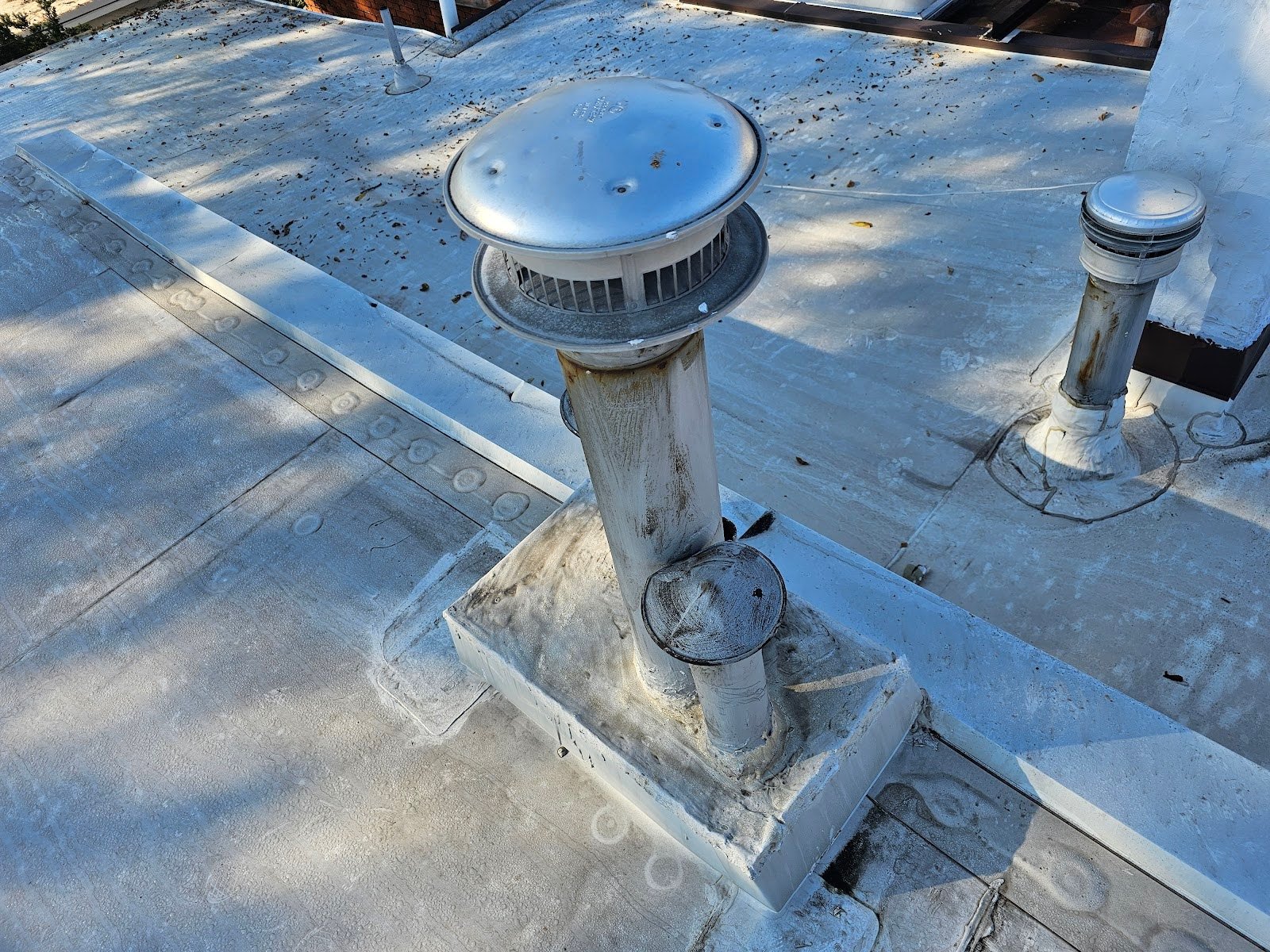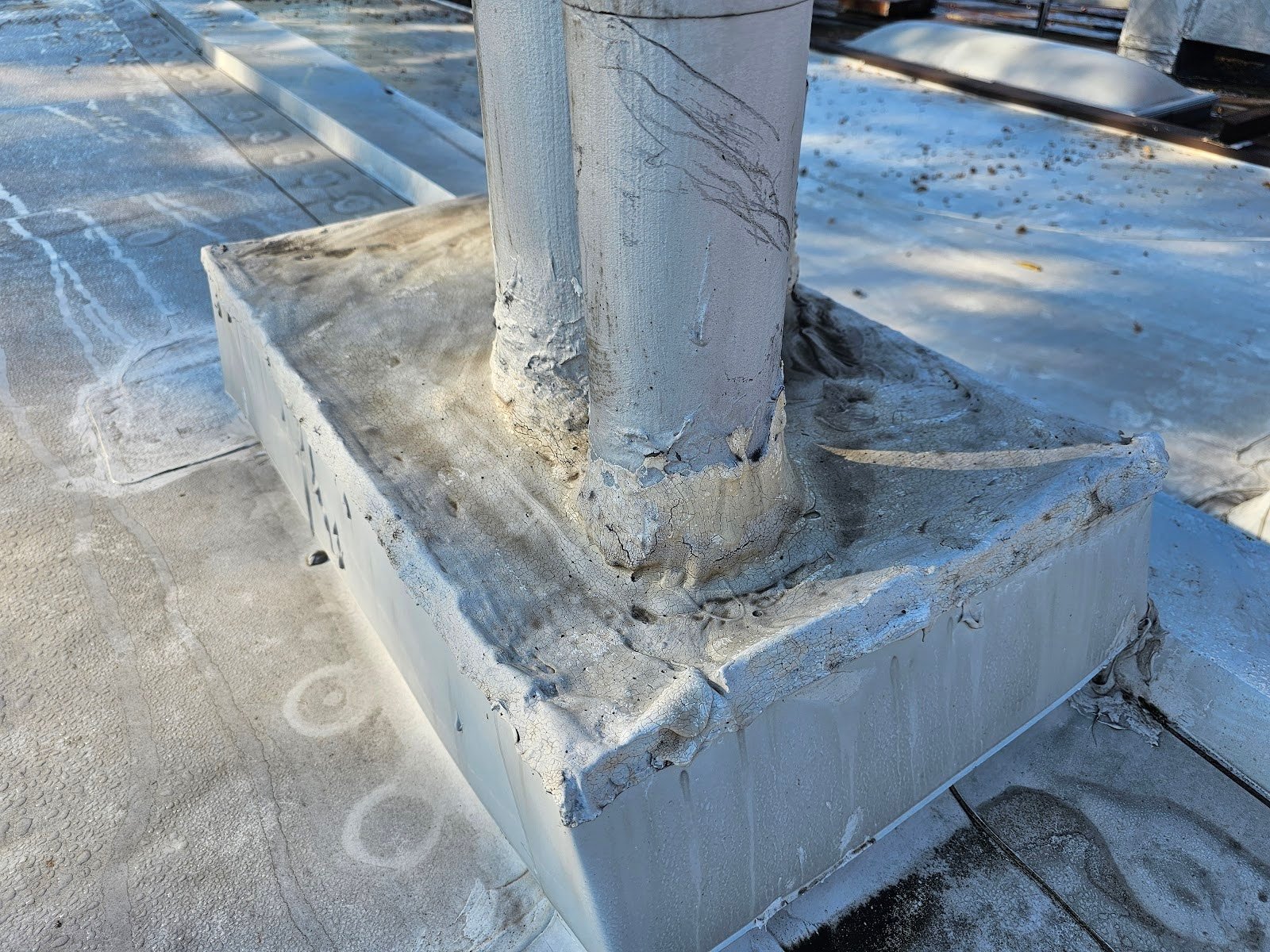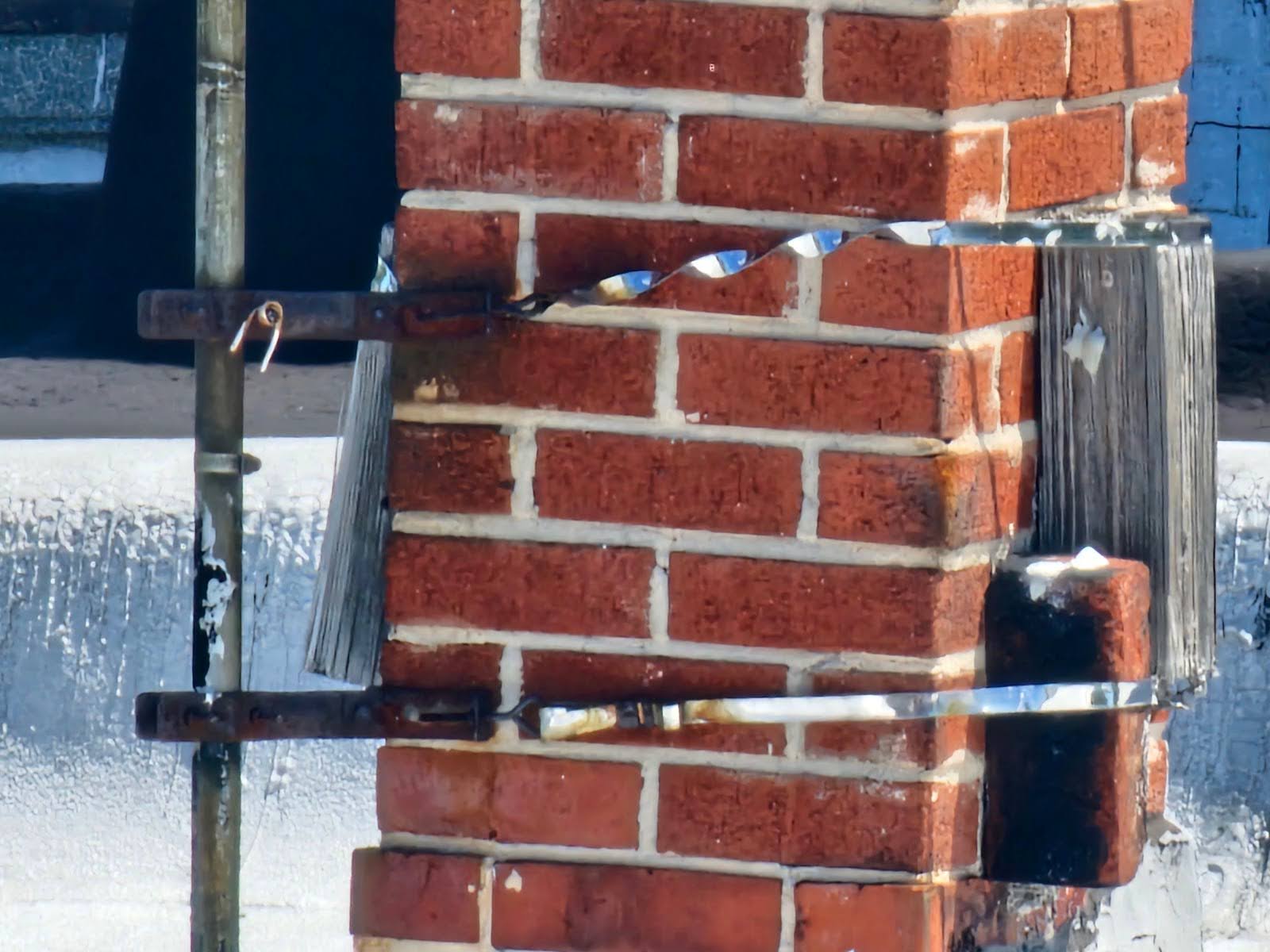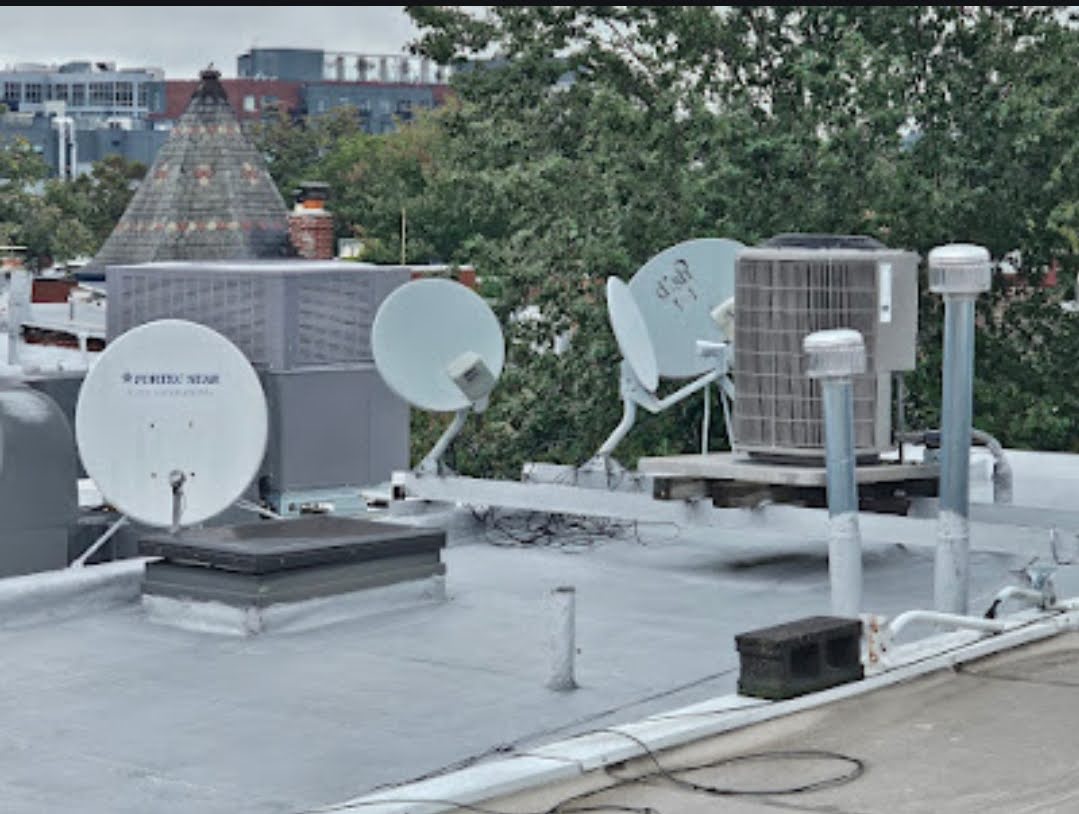Pitch Pocket Alternatives for Modern Roofing
We looked at pitch pockets a few times here on our website, before. Here on our website and in our blog we continuously look at several different examples of roof elements. Pitch pockets are particularly used to seal a variety or individual odd shaped elements. When a variety of small elements are grouped together, pitch pockets can work very well. Other types of seals and work methods of sealing around small elements generally don’t work as well.
One of the main advantages of pitch pockets is that, indiscrement of the shape of the individual item, the pitch pocket is filled with a liquid sealant that can form around the varied shapes. It basically means that even if it’s a complex shape that’s difficult to bend or form the roofing membrane around, to fit tightly, the sealant in the pitch pocket can make the seal. Because the sealant comes in liquid form, it can essentially fill in all of the areas as needed to make a tight seal, regardless of the shape.
The picture below shows a pair of round ducts. The larger duct is roughly 6 inches in diameter and it looks like the smaller one is roughly 5 inches in diameter. These ducts provide a passageway for exhaust air to run to the exterior of the building. That exhaust opening is required for them to ventilate parts of the building and or for mechanical equipment to work and function properly.
When individual round ducts are installed like this through a roof membrane, they aren’t always difficult to flash. However, it becomes difficult when they’re installed close together. It’s also difficult to flash penetrations of ductworks or many other types of things if they’re installed close to adjacent items. Some of the items that often conflict are other ducts of the same type or different, building walls, parapet walls, skylights, and other HVAC equipment such as horizontal duct runs.

Just like as shown in the picture below, when there’s an additional item very close to a penetration location, it makes it difficult to wrap the membrane of the roofing or a type of applicable sealant generally of a membrane ply or similar around the item that needs to be flashed. Here, as shown below where two ducts are next to each other, they could be flashed together in a typical type of arrangement.
However, since the shape is not continuous, more like two circles touching together, it makes it more difficult. The membrane essentially has to bend to follow that contour and it’s difficult to have unsupported membrane like to make the sharp bends and stay in place for a long period of time after installing.
Adhesives or even welding, in some cases, alone, won’t work well enough. Instead, it’s much better to seal the base of the penetrations. As well, this is one of those examples where a pitch pocket wouldn’t work even better. In lieu of a pitch pocket though, instead they have built up a box that resembles a curb. That provides a surface set at a bevel and essentially attached to the side of the duct work.
It’s important for us to mention though that this is not a perfect installation because in this particular case, they’re relying on supported sealants. That means that the sealants that have been applied here are laid over a joint between two different sheet metal elements but don’t have reinforcement embedded into the sealant. Those types of unsupported sealant applications are susceptible to breakage over time. Even materials that are highly resistance to deterioration from exposure to ultraviolet rays still do deteriorate over time.
That deterioration normally affects the brittleness and degradation of the material. The sheet metal materials move at different rates throughout the typical days and even more so throughout the span of seasons. These metals move closer together and farther apart again and again in cycles. Eventually these materials will separate, as well, and break. Currently they maintain enough flexibility to make the installation work. Over time, though, as the sealing materials degrade and as the substrate materials move apart, the seal will break. Once that seal breaks, it will become a point of water entry and later leakage.

We provide this information here on our blog, and our website, to help our customers and future clients, and we recommend every building owner in DC who values the longevity of their roof (and their investments) and building use a contractor who values the simple and important principles of proper roof construction like Dupont Roofing DC. Our company specializes in flat roofing here in Washington DC and we’re happy to help building owners of almost all types.
Learn more about our company and the proper techniques of working with roofing on historic buildings in Washington DC here on our blog at DupontRoofingDC.com, and you can call us at (202) 840-8698 and email us at dupontroofingdc@gmail.com. We are happy to help and at least talk through options.



